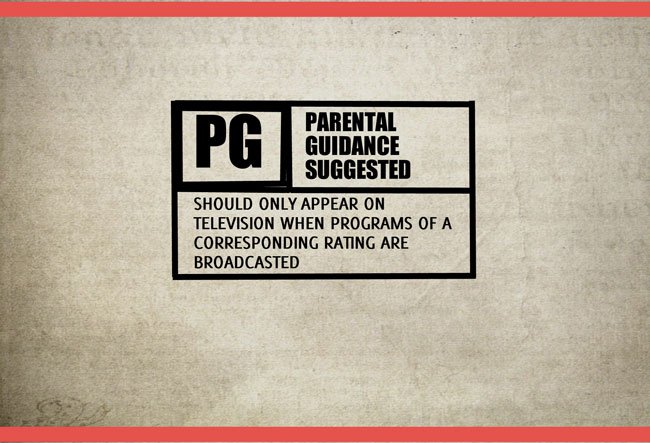[heading]Graphic, explicit commercials offer inappropriate viewing for preteens[/heading]
Imagine sitting down with your little sister to watch her favorite show and a scary commercial about the latest R-rated movie appears on the screen that is inappropriate for a young child to see. She covers her eyes as you frantically scramble for the remote trying to change the channel, turn down the volume – anything to make the commercial disappear. You both breathe a sigh of relief when it leaves the screen. This takes the well-known fun and relaxation out of watching television.
If a child is watching a G-rated television show, the commercials should be G-rated as well.
Viewers should get to choose what they watch. Television networks and their advertisers should have more consideration in their content. Not everyone wants to sit through gory details, profanity and other material that could be seen as inappropriate.
Watching television is like a surprise attack as you sit through the commercials simply waiting for your program to return. There are many to sit through, too. According to a Nielsen study in 2014, a one-hour television program has an average of 15 minutes and 38 seconds of commercial, an 11 percent increase from 2009. Unfiltered content has plenty of time to make its way onto the screen.
Advertisers creating these commercials want to make a profit. An estimated $72 billion will be spent on advertisements in the year 2016. However, these companies would benefit more financially by advertising to their target market. There are plenty of family-oriented commercials, such as the Frosted Flakes commercial with Tony the Tiger or the Doritos’ ad. These are enjoyable for all ages but are not aired during family-oriented shows. They are not the ones buying the slot. When commercials of a different rating appear on television, most viewers change the channel or avoid the commercial, which doesn’t capture their attention anyway. By targeting a specific audience with their commercial, viewers can enjoy the rating of their choice and advertisers can gain more of an audience.
Similar standards have been set by television companies in Australia. The guidelines put out by the Australian Communications and Media Authority (ACMA) target specific age groups in their advertising. Unsuitable material is prohibited from the screen during any show with a rating of Preschool, Child, General Audiences (G) or Parental Guidance (PG). This ensures that appropriate material will be viewed by the appropriate and targeted age group(s).
Watching television is a favorite pastime for all ages, but things could improve for the viewer. On average, children ages two to five spend 32 hours a week in front of the television and children ages 6-11 spend approximately 28. Companies can make a difference by choosing when to advertise and to whom. Viewers can make a difference, too.
The FCC is available for contact on their website, www.fcc.gov and any viewer can file a complaint about indecent or inappropriate content. All complaints filed are reviewed and the data is stored. This puts us one step closer to a new kind of television watching. It eliminates scrambling for the remote – a better experience for everyone.
Categories:
Let kids be kids
May 3, 2016
1
0
More to Discover





















































































Faaris Khan • May 6, 2016 at 12:25 am
In my eyes, this is a phenomenal editorial. I especially enjoyed reading it because of how relatable this is, as I always find that there is something on a children’s channel which should not be on there. Nice job!